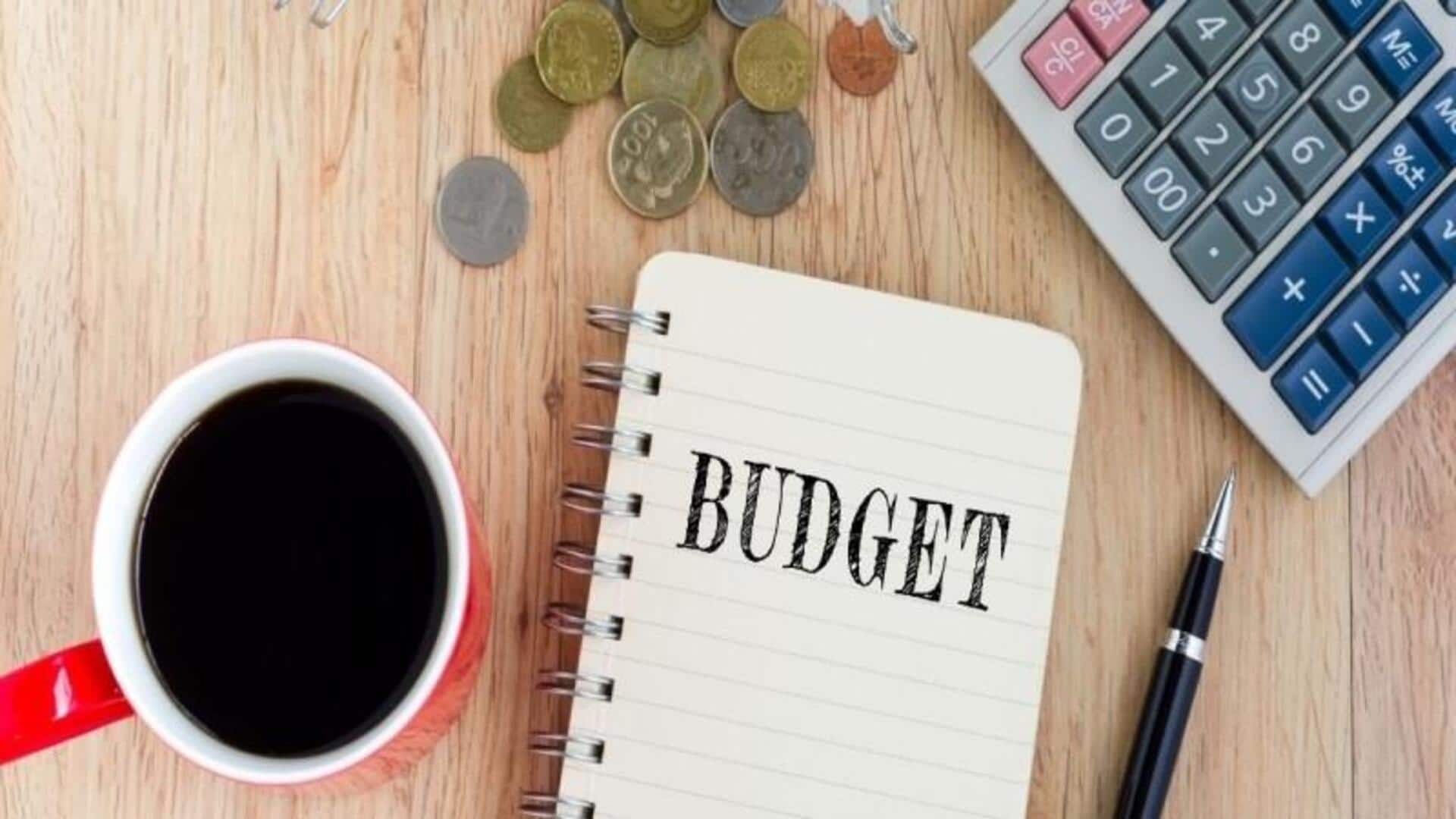
Want to master the 50/30/20 budgeting rule? Try these tips
What's the story
The 50/30/20 budgeting rule is an easy-to-follow method to budget your finances.
It breaks down your income into three parts: 50% for needs, 30% for wants, and 20% for savings or debt repayment.
By adopting a few habits, you can master this budgeting technique and attain financial stability.
Here are five handy habits that can help you successfully implement the 50/30/20 rule in your day-to-day life.
Tip #1
Track your expenses regularly
Regularly tracking your expenses is key to nailing the 50/30/20 rule.
By maintaining a detailed record of where your money goes, you can spot areas where you might be overspending.
This practice ensures that you're allocating funds correctly across needs, wants, and savings.
Use apps or spreadsheets to keep track of every purchase and adjust your spending habits accordingly.
Tip #2
Prioritize essential needs
Understanding what qualifies as a "need" is key when distributing the 50% of the budget.
Housing costs, utilities, groceries (excluding some), transportation, and healthcare expenses are generally considered needs.
Prioritizing these essentials makes sure you're not spending too much on wants or unnecessary items while keeping your finances secure.
Tip #3
Limit impulse purchases
Impulse purchases usually belong to the "wants" category and can mess with your budget if you don't keep a check.
To stick to the 30% allocation for wants, exercise restraint by avoiding on-the-spot buying decisions.
Think about setting up a waiting period before making non-essential purchases to see if they fit into your budgetary plans.
Tip #4
Automate savings contributions
Automating savings contributions makes it easier to stick to that 20% rule for savings/debt repayment.
Schedule automatic transfers from your checking account to a savings account every month, as soon as you get paid.
This way, you're sure to save regularly without depending on manual effort or forgetting about it altogether.
Tip #5
Review and adjust monthly budgets
Regularly reviewing and adjusting your monthly budgets is essential to mastering the 50/30/20 budgeting rule.
Remember to analyze your past spending patterns at least once per month.
This allows you to make necessary adjustments based on changes like income fluctuations or unexpected expenses (like medical bills).
This habit will ensure that your budget stays flexible and responsive to your financial situation.